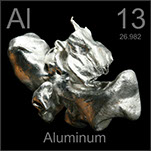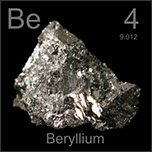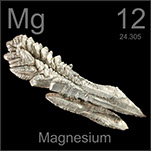Exploring
Solar Sails
Materials | What solar sails are constructed of
The standard solar sails are comprised of a thin aluminum film called, aluminized kapton film. In 1998, American scientist Geoffrey Landis found that alumina for laser sails and carbon fiber for microwave lightsails to be more effective and efficient then standard materials for certain tasks. Since then, another carbon fiber solar sail material has been constructed with microscopic holes. This provided the sail with increased rigidity, durability, and the ability to withstand higher temperatures than the previous materials.
Material Types
Reflection Layer
Al O
Alumina
2 3



The reflection layer is material that faces the sun or incoming light. The reflectivity is correlated to the value of reflecting light or radiation. The reflection layer is often crafted from aluminum and has a thickness of approximately 20 nm. The thickness is an important parameter; if it is too thick, the satellite's propulsion will slow down and too thin of a material will result in light leaking through, hindering the sail's performance. The reflectivity value of the reflection layers material is 0.88 to .90.



Carbon Fiber
Molecular Shape Hexagonal
Extremely light material that is able to with stand an much stronger strengths due to the its structure
NanoTubes


Emissivity Layers
Emissivity material is the one that faces away from the light source, powering the solar sail. Emissivity is a measurement of efficiency in which a surface emits thermal energy. The emissivity material is often constructed from chromium or other similar materials. The most common thickness of emissivity material ranges between 5 to 20 nm. Their emissivity values often ranges from .63 to .73. (Note, a 1.0 emissivity value represents a material that perfectly emits thermal energy)
Structural Material
 The structure of CubeSat's are constructed from high quality aluminum alloys. It is often comprised of 6061 T-6, 7075 aluminum or a 7075 zinc aluminum alloy. The use of these high-grade alloys reduces thermal shock that occurs in space. Other materials can be used that have a similar thermal expansion coefficient of 6061 T-6 or 7075 aluminum alloy. The thermal expansion coefficient explains how the size of an object will change with temperature. Important parts of structure such as the rails, top and bottom ring and other structural components should be developed with these high alloys to keep the structure secure and protect inside components.
The structure of CubeSat's are constructed from high quality aluminum alloys. It is often comprised of 6061 T-6, 7075 aluminum or a 7075 zinc aluminum alloy. The use of these high-grade alloys reduces thermal shock that occurs in space. Other materials can be used that have a similar thermal expansion coefficient of 6061 T-6 or 7075 aluminum alloy. The thermal expansion coefficient explains how the size of an object will change with temperature. Important parts of structure such as the rails, top and bottom ring and other structural components should be developed with these high alloys to keep the structure secure and protect inside components.
Sail Storage Compartment

+
Structural Rails
+
Solar Panels
+
